
Science in school taught that there was a perfect vacuum in outer space, the region between our solar system and the other stars. However, the science of the ancients talks of sṛṣṭi where this intervening space has vāyu and that vāyu causes all movement. Even the tārā-graha, the five planets of the jyotiṣa paradigm and the Moon all move due to the vāyu caused by the ‘breath of the Sun’. Nārāyaṇa is in the anāhata chakra which is the seat of vāyu and links each individual to the space outside the solar system. This is the starting point of real spirituality where the soul plans to escape from the grasp of the solar system and the creator-god Brahmā who is continuously putting us into different bodies that are compatible with the environment.
This did cause some confusion in the 70s but thanks to recent studies, this seems to have ironed out any differences with a nice definition of the heliosphere which is a bubble in which the entire solar system rests. This heliosphere has a diameter double the distance of Pluto from the Sun – basically the Pluto orbit is the defining boundary. Space scientists imagine this like a foetus in a womb (see adjoining image). The space between the stars is not perfectly empty. Instead, it is actually occupied by a thin broth of dust and gas from other stars—living stars, dead stars, and stars not yet born. A one-cm-cube volume of space holds just a single atom, and the area around our solar system is even less dense, but it is not empty and that is important fact. There is the vāyu the ancients spoke of.
This bubble is created by powerful solar winds that create a powerful force-field around the planets and protect them from the interstellar radiations. It is as if there is this shield of the Sun-God protecting the planets, at least 70% strong. The remaining 30% comes from the planet and its local system. This is a constant push from the Sun which weakens with distance – Mercury being the most protected, like a prince in a kingdom, and Saturn having the highest external interstellar radiation among the visible planets. Pluto being the farthest, is least protected by this Sūrya kavacha (shield). In this continuous battle for survival of the solar system the Sun actually puts up a good fight till one day its fiery energy can no longer ward off the invading radiations. Till such time, we survive and this maybe synchronous to the life of Brahmā.
Recent proposals of the shape of the heliosphere are that of a crescent instead of a croissant! The vedic proposal is that of a half-egg-shape called brahmāṇḍa. This egg cracked and half was blown into outer space while the Sun was able to hold on to the lower half which manifests the solar system (visible loka).
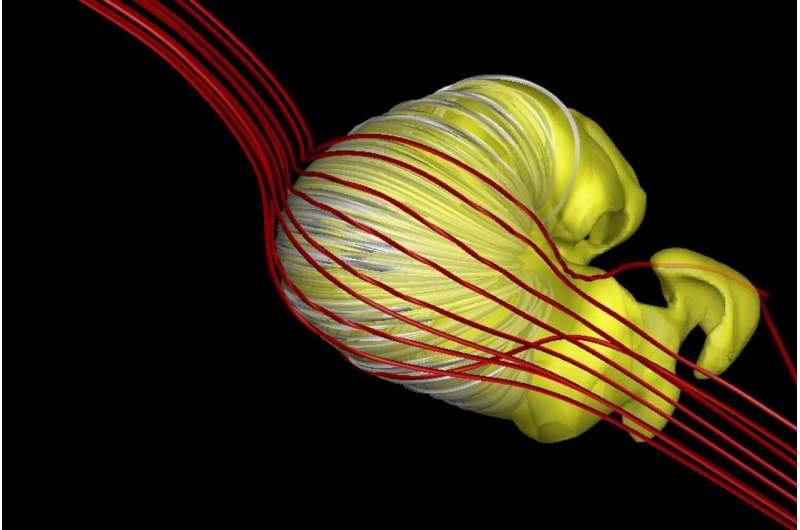
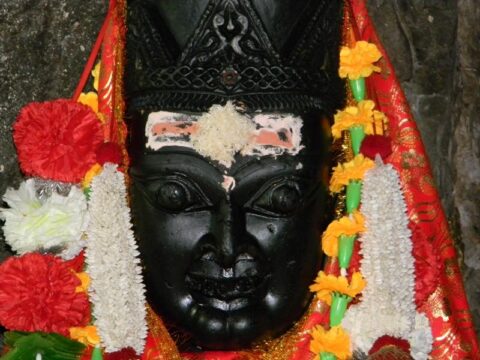

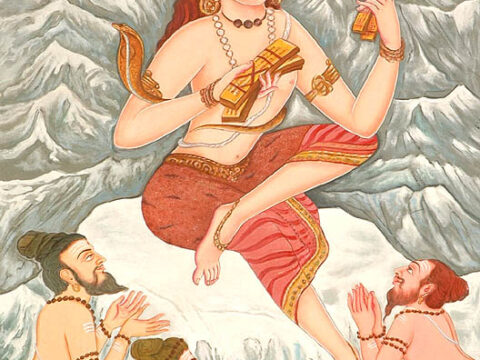
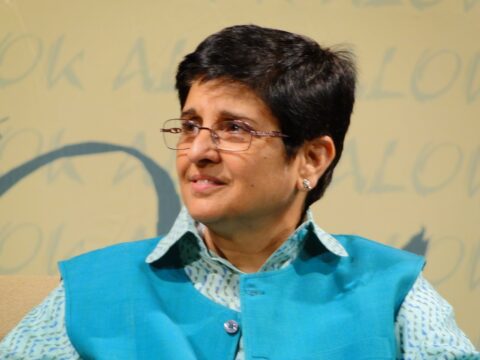

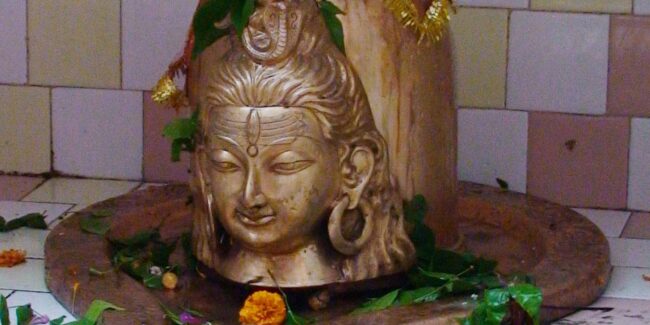
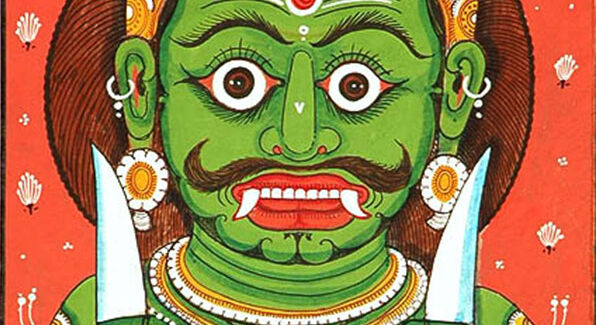
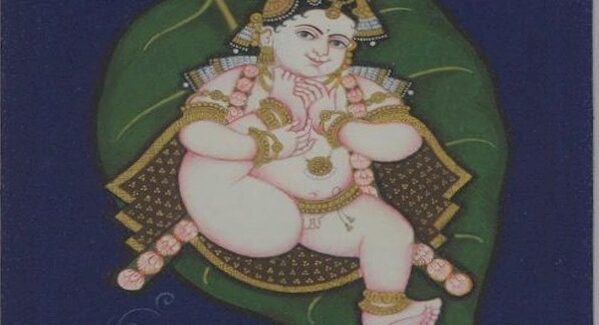
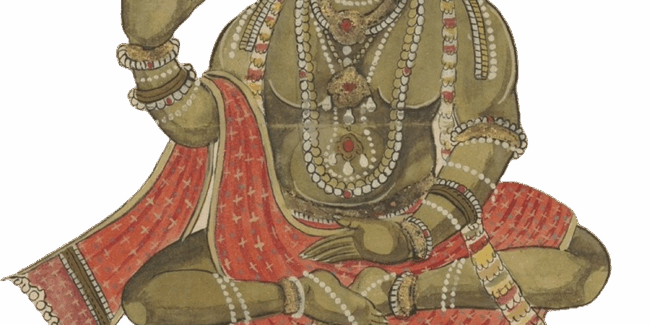
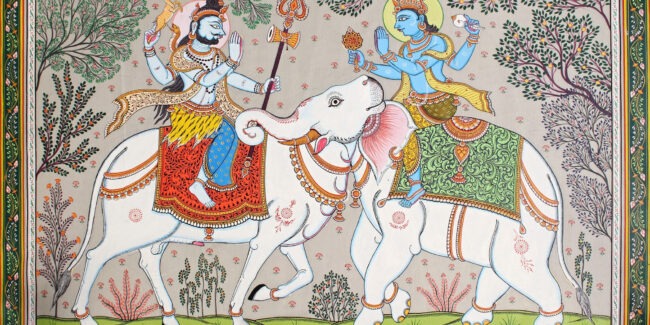
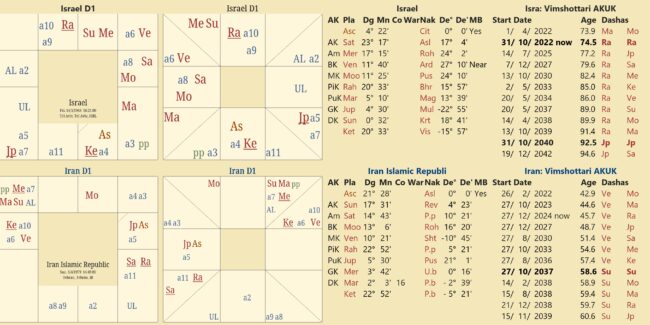

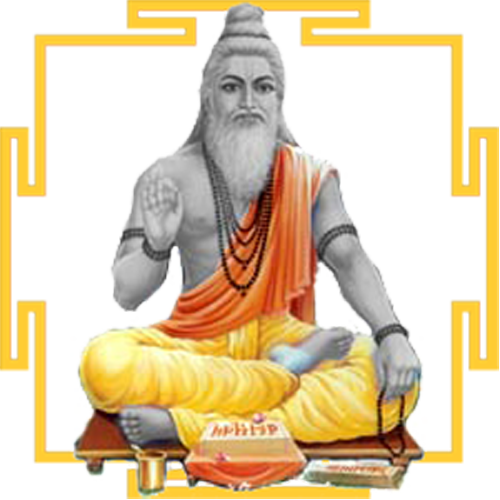 DBC offers online courses in jyotish (Vedic Astrology) taught directly by Sanjay Rath as per the tradition, through narrated power points and other audio tools. The courses are at different levels, from the beginners through the intermediate to the advanced and are known as SoHamsa | DBC courses, with individual classrooms and assistant teachers
DBC offers online courses in jyotish (Vedic Astrology) taught directly by Sanjay Rath as per the tradition, through narrated power points and other audio tools. The courses are at different levels, from the beginners through the intermediate to the advanced and are known as SoHamsa | DBC courses, with individual classrooms and assistant teachers
 Sagittarius Publications is the publisher and distributor the popular quaterly magazine the Jyotish Digest, as well as many thorough books on the subject of Vedic Astrology or Jyotish.
Sagittarius Publications is the publisher and distributor the popular quaterly magazine the Jyotish Digest, as well as many thorough books on the subject of Vedic Astrology or Jyotish.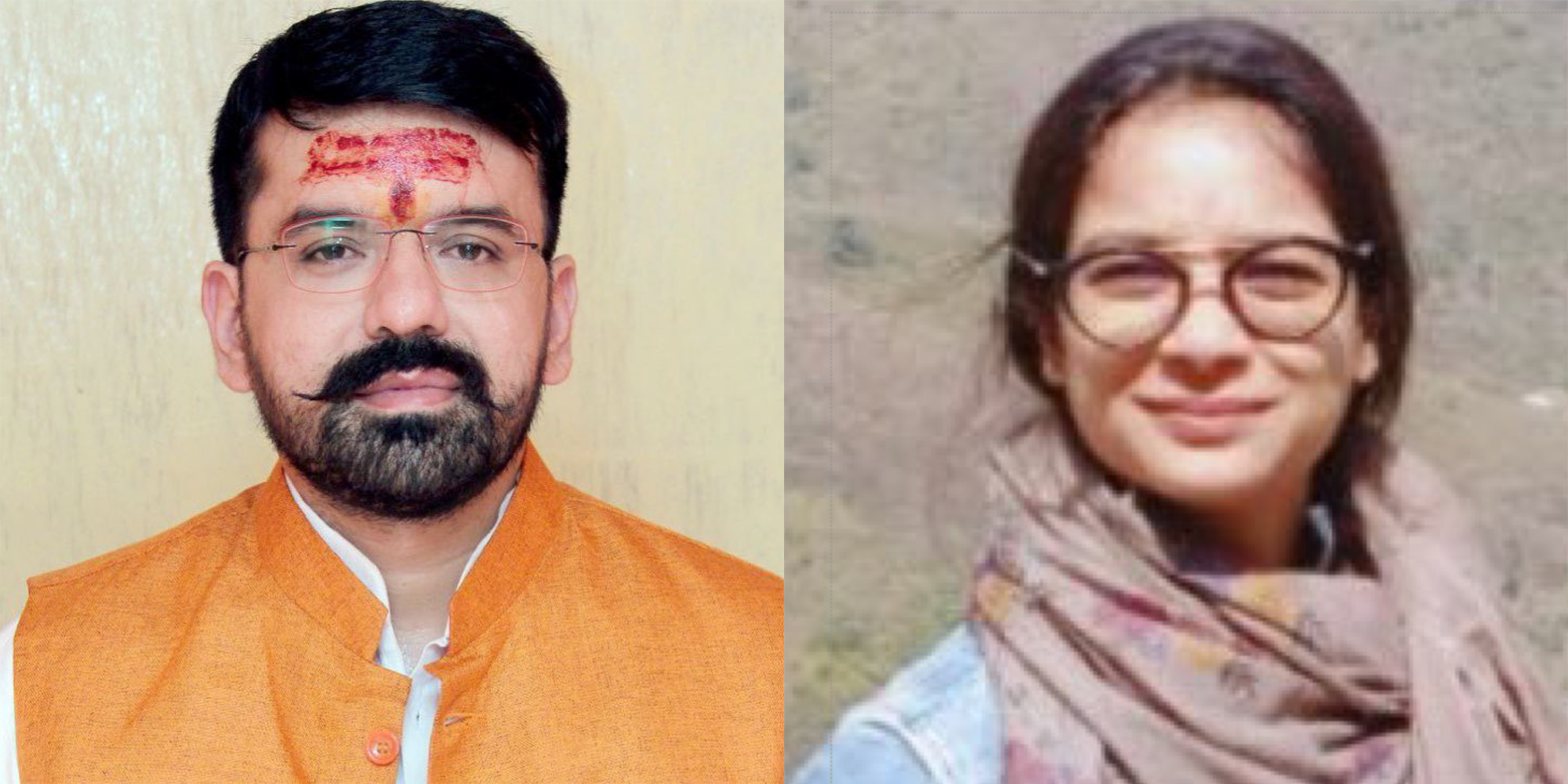 We have an excellent pandit Divākar ‘Deva’ Mishra, who is from the priests of Vindhyāvāsini Siddha Pīṭha to guide you through the hundreds of temples of Kāśi [Varanasi] and neighbouring regions. He can organise your pūjā, keep you safe and take care. He is supported by an English-speaking well-travelled spouse ‘Supriya Mishra’. Please contact them directly for any services, remedial pūjā and tours. They handled the 60+ member Kāśi Jyotiṣa Group 2022.
We have an excellent pandit Divākar ‘Deva’ Mishra, who is from the priests of Vindhyāvāsini Siddha Pīṭha to guide you through the hundreds of temples of Kāśi [Varanasi] and neighbouring regions. He can organise your pūjā, keep you safe and take care. He is supported by an English-speaking well-travelled spouse ‘Supriya Mishra’. Please contact them directly for any services, remedial pūjā and tours. They handled the 60+ member Kāśi Jyotiṣa Group 2022.
Wonderful to read you are speaking of what is written and the explanations that current science is just finding. The confirmation of what was written is fantastic and the world needs to know that what is being found is not new information!
Why does a Planet become combust by Surya, since Surya protects it?
To understand this we really need to understand the english word combustion that is used to substitute and explain a vedic jyotisha phenomena called astangata. Is astangata the same as combustion? I think not.
Gr8 Insight connecting vedic knowledge to modern science .thank you.. enjoyed the reading
Only a teacher blessed by Brhaspati himself can explain something so complex in a laymans language. You are the gold standard on Prof Feynman’s technique. Please accept my gratitude.
अति उत्तम। प्रणाम